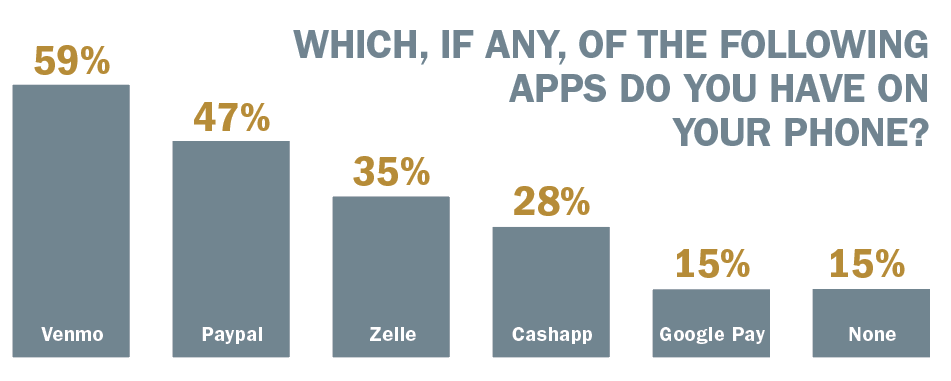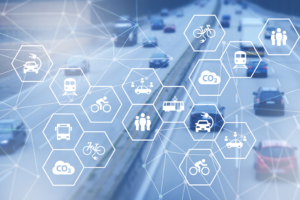By Susanne Tedrick
Cloud computing has changed how people and organizations consume information technology products and services. Given the cloud’s flexibility and agility, organizations were able to use cloud services to continue mission critical operations and allow employees to work from home. According to Flexera’s 2021 State of The Cloud report, 36% or enterprise respondents said that they expect to $12M or more in cloud services, and 90% of enterprise respondents expected that their cloud usage would exceed their prior plans because of the pandemic.
This sped up cloud use and spending has caused some additional challenges, particularly around having skilled resources. According to a recent study by the information technology research firm Gartner, many IT leaders said that they lack in-house skills to manage 60% of their current operational tasks (particularly in the areas of security, dev ops, networking, and compliance), and over 50% felt that in 2022, they won’t meet their company’s cloud adoption goals because of a lack of in-house skills and experience.
Now more than ever, having cloud computing knowledge and skills is important. If you’ve never heard of cloud computing or are not entirely familiar with the concept, here’s ten things you should know:
1. Cloud computing is not a new concept. At a top level, cloud computing is the delivery of information technology resources over the internet. Rather than purchasing and maintaining computer hardware and software, you “rent” services from someone else.
While the term cloud computing is relatively recent, the underlying concept of cloud computing dates back all the way to the 1960’s. IT was then that computer scientist J.C.R. Licklider came up with an idea for an interconnected system of computers called ARPANET (Advanced Research Projects Agency Network) that laid the groundwork for what would eventually become what…
By Kristen Locke
The COVID-19 pandemic rapidly transformed what was once a slow but steady interest in contactless payments and digital experiences into an urgent need nearly overnight. The sudden, but not altogether unexpected, popularity of contactless experiences created shockwaves in almost every industry. Even as vaccination rates rise and a sense of normalcy returns, the demand for seamless digital journeys is here to stay and will continue to be a ubiquitous part of the modern customer experience.
The parking industry is no exception, and local governments, universities, and private operators across North America are taking action. The number of parking operators implementing or expanding contactless payment options saw a substantial increase in 2020 and 2021. However, many of them still struggle to find ways to fully capitalize on contactless payments’ potential benefits without confusing or alienating their parkers. More than ever, it is vital to understand the shifting landscape of new technology and customer preferences to increase digital payment adoption and tap into opportunities for added revenue and growth.

85% of respondents had at least one money transfer app or Google Pay installed. Over half have Venmo installed on their device.
The Future of Parking is Contactless
Since the pandemic started, the wide use of contactless payment in day-to-day life, from retail stores to the service industry, has made it more palatable to the average consumer than ever before. In a 2021 survey we conducted about the effects of COVID-19 on consumer behavior, 40% of respondents indicated they planned to increase their use of contactless payment in the coming year. This has been great news for parking operators who’ve long searched for practical ways to streamline their operations and reduce costs from maintaining on-street hardware such as…
By Kent Rathwell
A story brought to you by the Founder of Sun Country – Winner of the World’s Best Automotive Solution of the Year and Canada’s Greenest Manufacturer of the Year Award, for electrifying the entire Trans-Canada Highway in 2012 with EV charging stations and virtually all of Canada’s highways in 2013, making Canada the world leader in EV infrastructure many times over!
Airports that offer complimentary EV charging make more money by encouraging EV driving customers to park their EVs while they travel rather than having friends, family or car hires bring them to and from the airport.
Based on actual facts and experiences, this story will take you through two scenarios that demonstrate how this can be the case for your local airport.
Imagine this…
It’s winter holidays and I’m relaxing on the beach with my family, stress-free and focused on quality family time with the kids. It’s warm and I’m away from the cold Canadian winter (which I love by the way) … but it is so nice to have a warm holiday!
While talking to another Canadian I just met at the beach bar, they say a cold snap just hit back home and how lucky we are to be in the warmth, by the sea, with no cares in the world!
This is where this story goes one of two ways. One of happiness, confidence, thankfulness, and peace for the whole family or … one of fear, frustration, hopelessness, and anger.
The airport where I parked my EV will now determine the rest of my holiday, my family’s happiness, our stress, our memories and if we ever pay to park at that airport again!
The one story will encourage us to tell all our EV…
By Adamo Donatucci
The last mile of any journey is often the most fraught.
This phenomenon was first conceptualized by utilities and communications providers that were able to, for example, deliver their products to a neighbourhood easily but then experienced challenges connecting individual homes.
Likewise, logistics companies can easily coordinate delivering many goods to a central depot, but often experience difficulty finalizing the delivery to individual homes because a signature is required but the homeowner isn’t available. It’s also the most expensive and time-consuming part of the logistics lifecycle, so there’s a great deal of interest in finding more efficient solutions.
Similar matters occur in the realm of parking: getting to a concert venue downtown is easy enough but finding an affordable parking space nearby can be consuming.
As an increasing proportion of the world’s population lives in urban centres and those centres become increasingly dense, we can expect these dilemmas to worsen over time. To address these matters as they arise, companies are leveraging people’s interconnectedness with technology to develop solutions that are flexible and sustainable.
Last-Mile Parking Technology
Ninety-eight percent of parking transactions today leverage technology at some point in the transaction process. This includes anything from a driver visiting a pay-on-foot kiosk on their way back to their vehicle before leaving a parking garage, looking online to compare rates near their intended destination, to scanning a QR code posted near a parking meter to pay for a session without touching a machine.
In the context of the parking industry, last-mile technology includes everything that makes the driver’s life simpler and more convenient and lets them get to their destination more quickly and efficiently. In practical terms, this means reserved parking with ancillary services like electric vehicle (EV) charging and detailing, or apps that locate…







